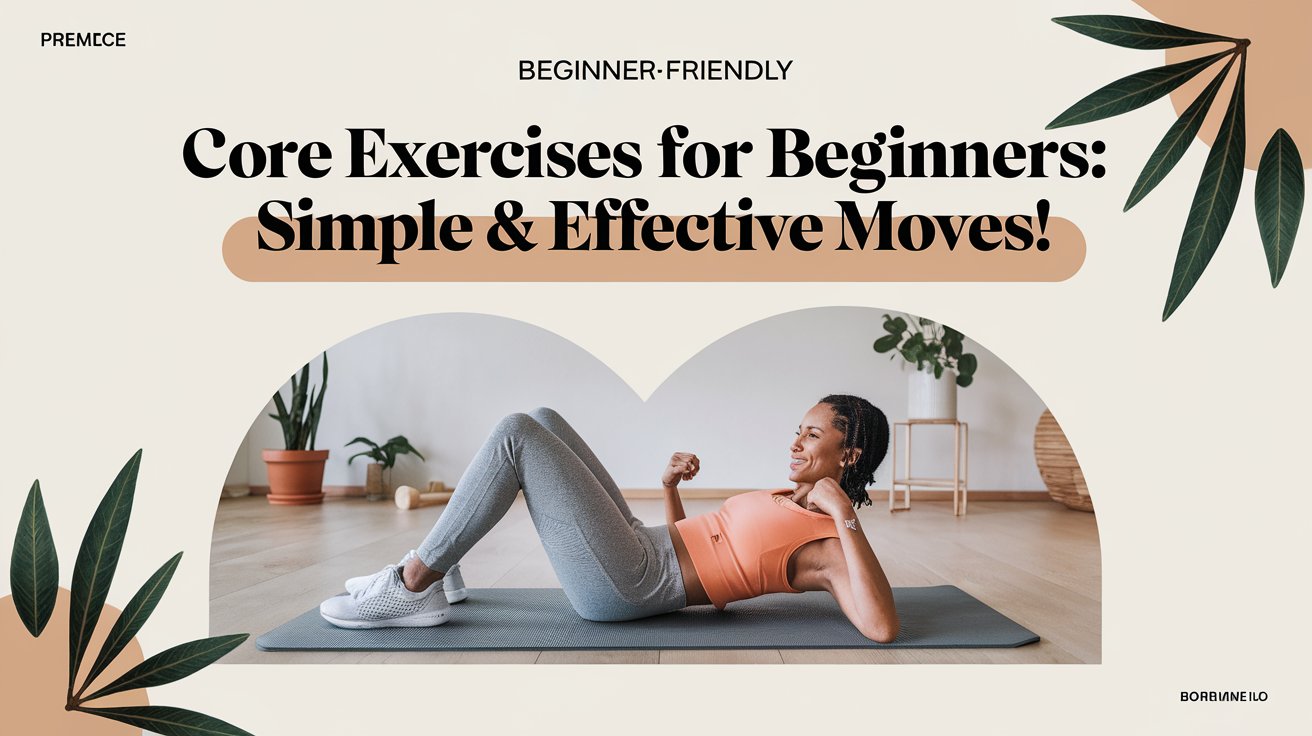Top Core Exercises for Beginners: Easy & Effective Workouts:
When we talk about fitness, building a strong core is often at the top of the list. Your core isn’t just about those coveted six-pack abs; it’s the foundation of your body’s strength, stability, and overall function. Whether you’re picking up groceries, playing sports, or even just sitting at your desk, your core muscles are hard at work. But not all core exercises are created equal. If you really want to tap into the full potential of your core, you need to focus on deep core exercises.
The Benefits of Deep Core Exercises
Enhanced Stability and Balance
One of the key benefits of deep core exercises is improved stability and balance. Your core is responsible for keeping you steady and balanced, especially during dynamic movements. A strong deep core allows you to control your body more effectively, reducing the risk of falls and injuries.
Improved Posture
Poor posture can lead to a host of problems, from back pain to reduced lung capacity. Deep core exercises strengthen the muscles that support your spine, helping you maintain proper alignment. This not only improves your posture but also reduces strain on your back and neck.
Reduced Risk of Injury
A weak core can lead to overcompensation by other muscles, which often results in injuries. By focusing on deep core exercises, you create a solid foundation that supports your entire body, making you less prone to injuries, especially in the lower back.
Better Athletic Performance
Athletes rely on core strength for nearly every movement, from running to jumping to lifting. A strong deep core enhances your athletic performance by providing a stable base for powerful movements. Whether you’re an amateur or a professional athlete, incorporating deep core exercises can give you the edge you need.
12 Best Deep Core Exercises
1. Dead Bug
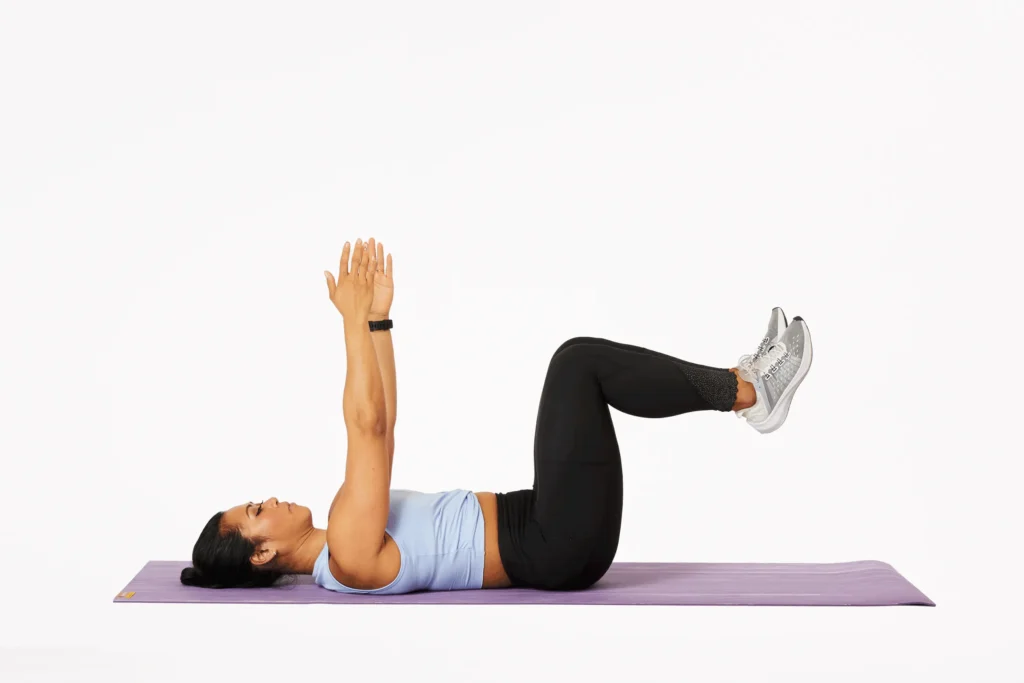
The Dead Bug is a fantastic exercise for engaging the deep core muscles while also challenging your coordination.
How to Perform Dead Bug
- Lie on your back with your arms extended toward the ceiling.
- Lift your legs, bending your knees at a 90-degree angle.
- Slowly lower your right arm and left leg toward the floor simultaneously, keeping your back flat.
- Return to the starting position and repeat on the opposite side.
Common Mistakes to Avoid
- Arching your back: Keep your lower back pressed against the floor throughout the movement.
- Moving too quickly: Focus on controlled, slow movements to maximize core engagement.
2. Plank Variations
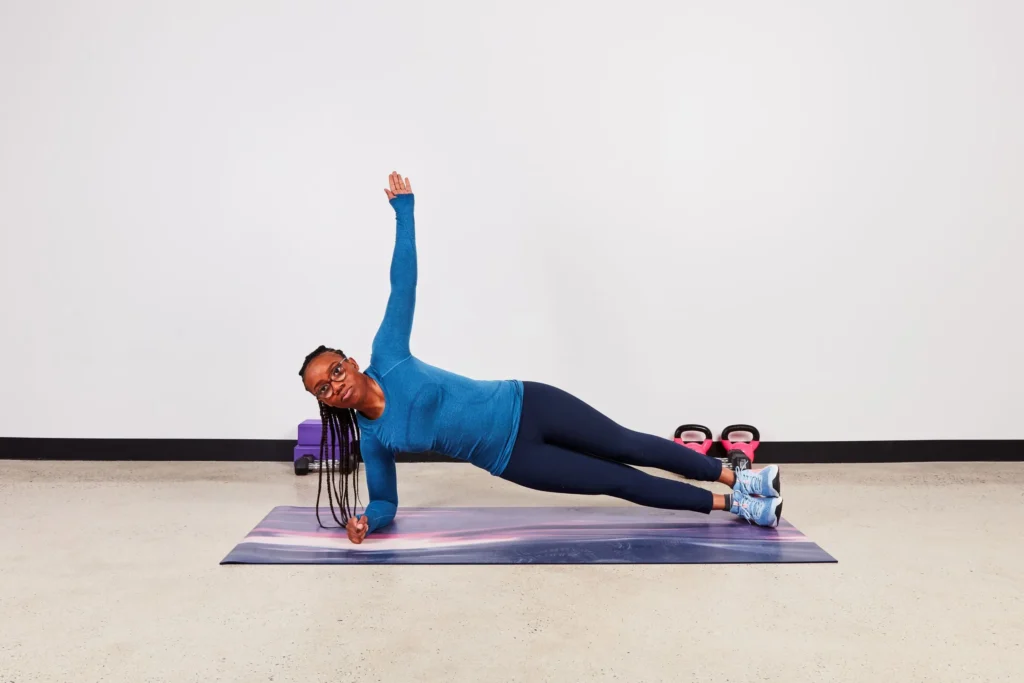
The plank is a classic core exercise, but by adding variations, you can target different parts of the core.
Forearm Plank
The standard forearm plank is great for building endurance in the deep core muscles.
- Start on your hands and knees.
- Lower your forearms to the ground and extend your legs back, balancing on your toes.
- Keep your body in a straight line from head to heels, engaging your core.
Side Plank
This variation targets the obliques and stabilizes the spine.
- Lie on your side, stacking your feet.
- Prop yourself up on your forearm, lifting your hips off the ground.
- Hold for the desired time, then switch sides.
Plank with Leg Lift
Adding a leg lift increases the challenge by incorporating instability.
- From a standard plank position, lift one leg off the ground.
- Hold for a few seconds, then switch legs.
3. Hollow Body Hold
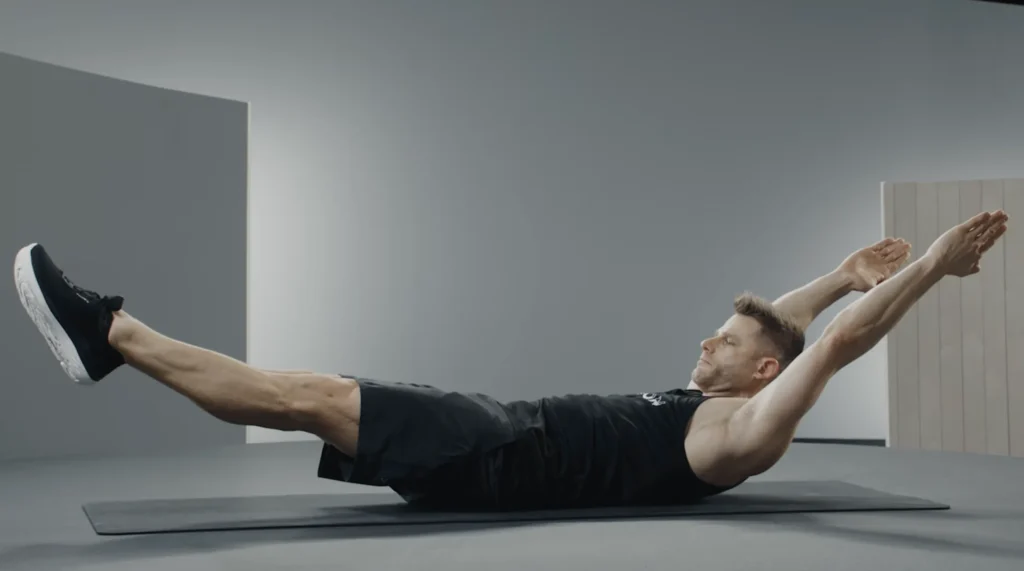
The Hollow Body Hold is a staple in gymnastics for developing core strength.
How to Perform Hollow Body Hold
- Lie on your back, arms extended overhead.
- Lift your head, shoulders, and legs off the ground.
- Press your lower back into the floor and hold the position.
Benefits of Hollow Body Hold
- Enhances overall core stability.
- Improves body control and coordination.
4. Bird Dog
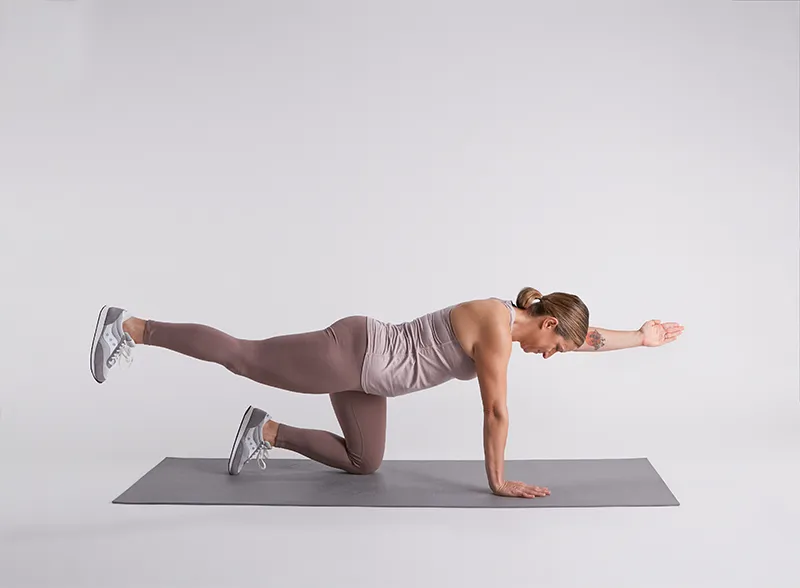
The Bird Dog exercise targets the core while also engaging the lower back.
How to Perform Bird Dog
- Start on your hands and knees.
- Extend your right arm forward and your left leg back.
- Hold for a few seconds, then return to the starting position and switch sides.
Modifications for Beginners
- Perform the exercise without lifting your arm and leg as high to reduce the challenge.
5. Russian Twists
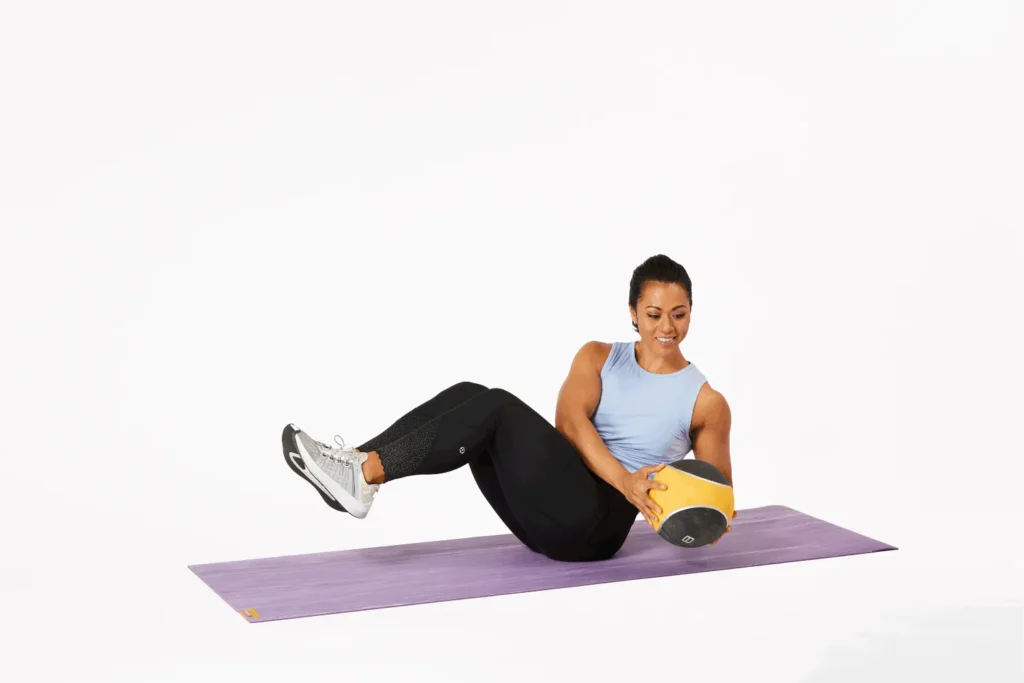
Russian Twists are perfect for targeting the obliques.
How to Perform Russian Twists
- Sit on the floor with your knees bent.
- Lean back slightly, keeping your back straight.
- Hold your hands together and twist your torso to one side, then the other.
Adding Weight for Extra Challenge
- Hold a dumbbell or medicine ball while performing the twists for added resistance.
6. Pallof Press
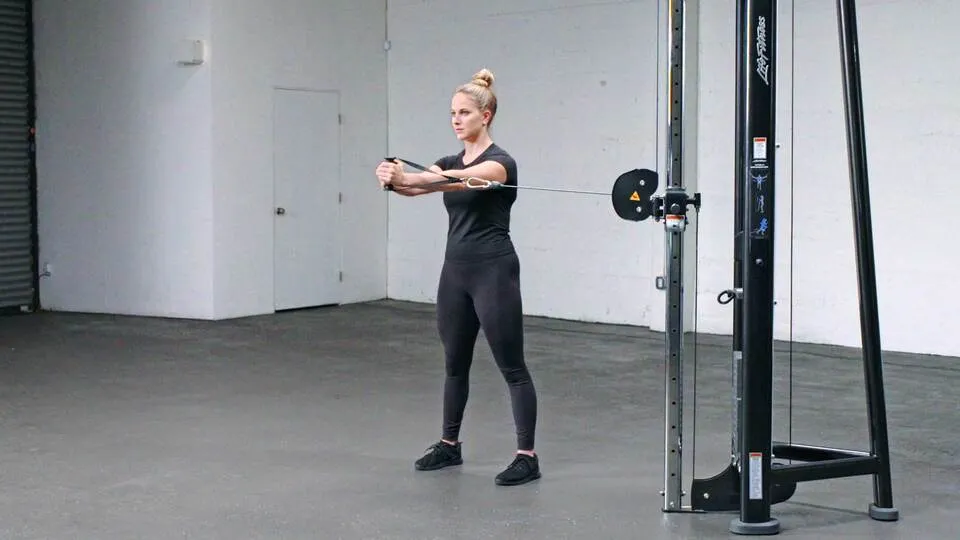
The Pallof Press is an anti-rotation exercise that strengthens the deep core muscles.
How to Perform Pallof Press
- Attach a resistance band to a stable object at chest height.
- Stand with the band to your side and hold the handle with both hands.
- Press the handle straight out in front of you, resisting the band’s pull.
Benefits of Pallof Press
- Strengthens the core against rotational forces.
- Enhances stability and control.
7. Lying Leg Raises
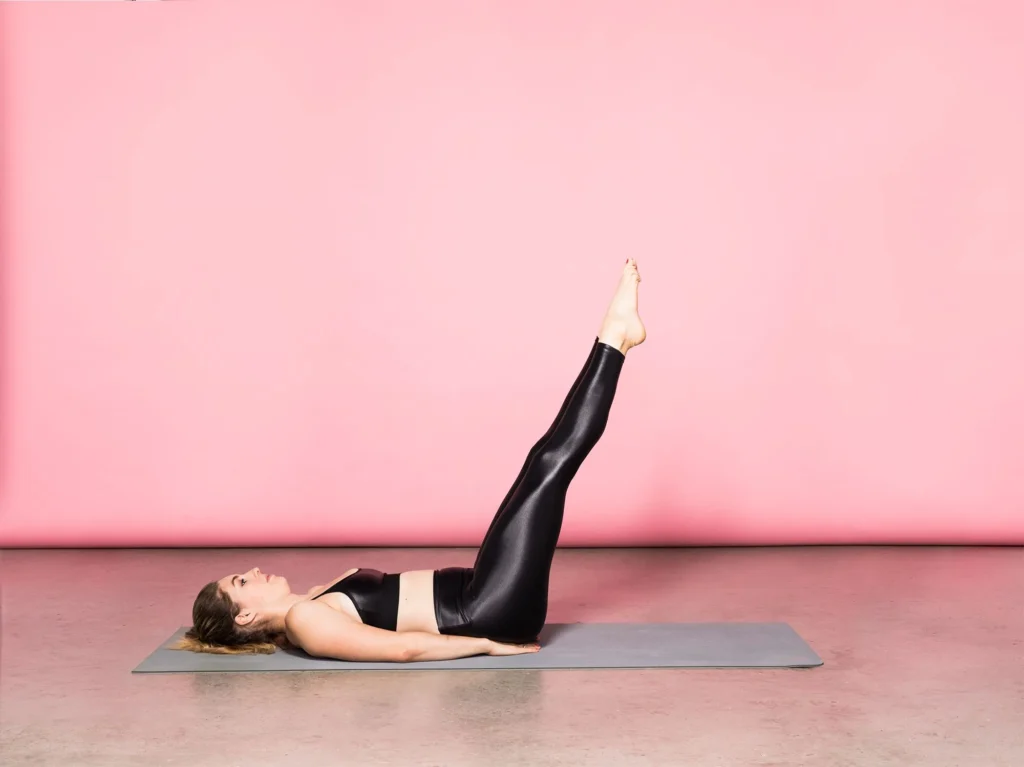
Lying Leg Raises are excellent for targeting the lower part of the core.
How to Perform Lying Leg Raises
- Lie on your back with your legs extended.
- Place your hands under your glutes for support.
- Slowly lift your legs toward the ceiling, keeping them straight.
- Lower them back down without letting them touch the floor.
Variations for Advanced Core Strength
- Single-Leg Raises: Lift one leg at a time for added difficulty.
- Add a Hip Lift: At the top of the movement, perform a small hip lift to engage your lower abs more intensely.
8. Reverse Crunch
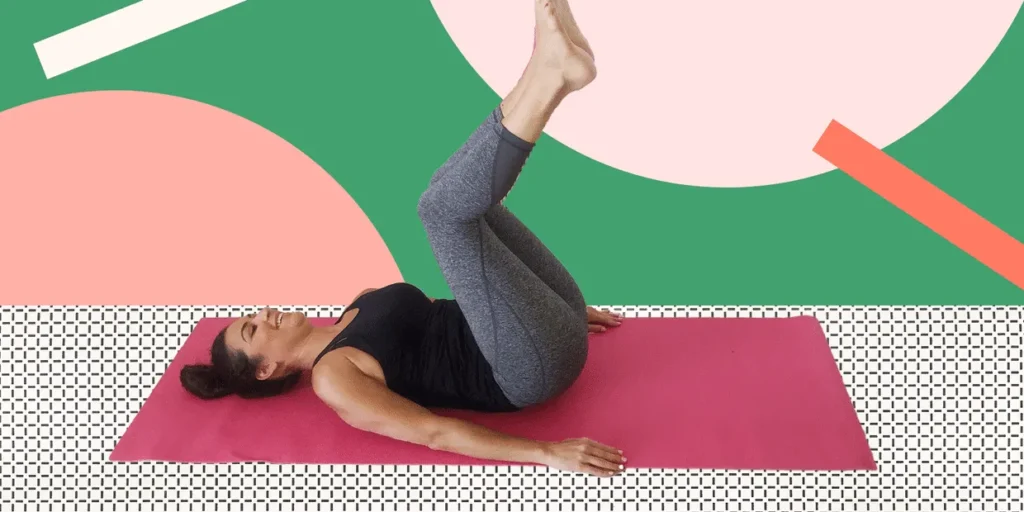
The Reverse Crunch focuses on the lower abs and helps improve core strength.
How to Perform Reverse Crunch
- Lie on your back with your hands by your sides.
- Bend your knees and lift your legs toward your chest.
- Use your core to lift your hips off the floor, then lower them back down.
Common Mistakes to Avoid
- Swinging your legs: Focus on controlled movements rather than using momentum.
9. Hanging Leg Raises
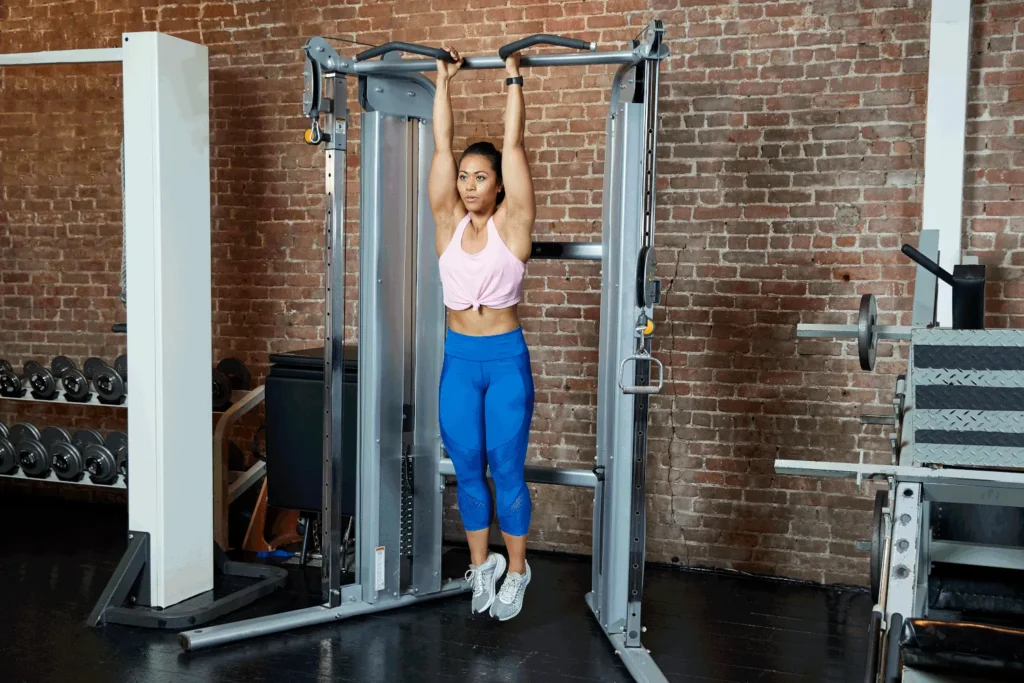
Hanging Leg Raises are a challenging exercise that targets the entire core.
How to Perform Hanging Leg Raises
- Hang from a pull-up bar with your arms extended and legs straight.
- Lift your legs up toward your chest, keeping them straight.
- Lower your legs back down with control.
Benefits of Hanging Leg Raises
- Enhances grip strength along with core stability.
- Targets the lower abs more effectively than lying leg raises.
10. Mountain Climbers
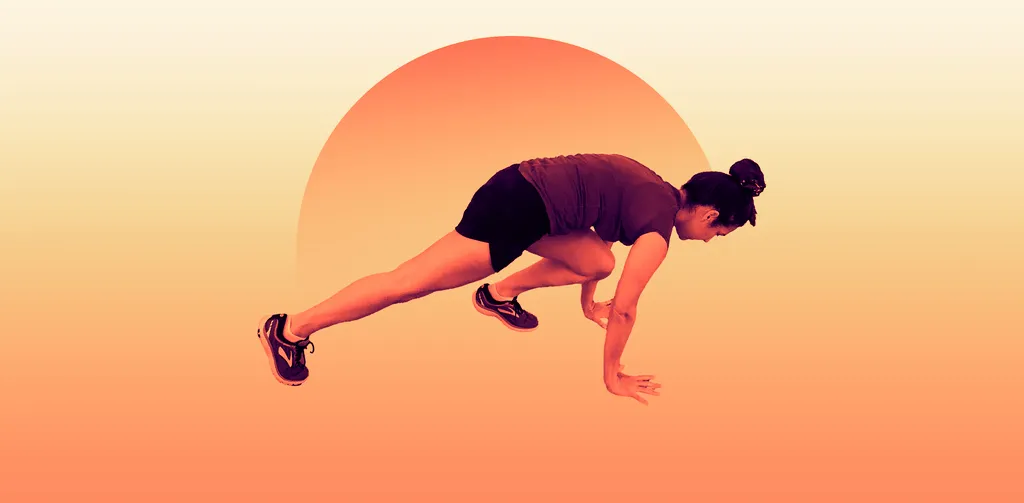
Mountain Climbers are a dynamic exercise that also provides a cardiovascular workout.
How to Perform Mountain Climbers
- Start in a high plank position with your hands under your shoulders.
- Alternate bringing your knees toward your chest at a rapid pace.
- Keep your core engaged and hips stable.
Variations for Increased Intensity
- Cross-Body Mountain Climbers: Bring your knees toward the opposite elbow to engage the obliques.
- Slow Mountain Climbers: Perform the exercise at a slower pace for better control and focus.
11. Ab Wheel Rollout
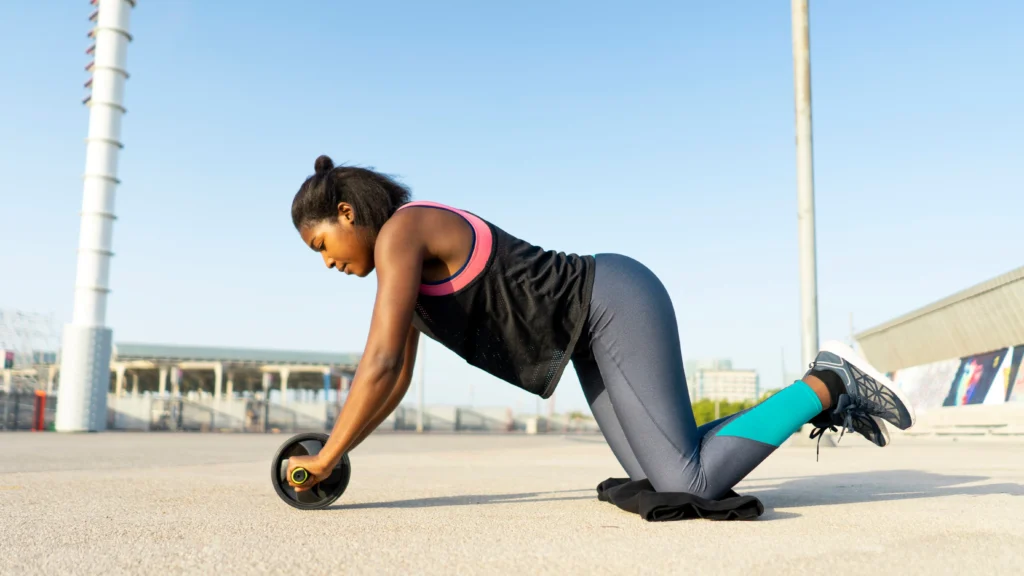
The Ab Wheel Rollout is a powerful exercise for building core strength.
How to Perform Ab Wheel Rollout
- Kneel on the floor and hold an ab wheel with both hands.
- Roll the wheel forward as you extend your body, keeping your core tight.
- Roll back to the starting position.
Common Mistakes to Avoid
- Letting your lower back sag: Maintain a neutral spine throughout the movement.
12. Cable Woodchop
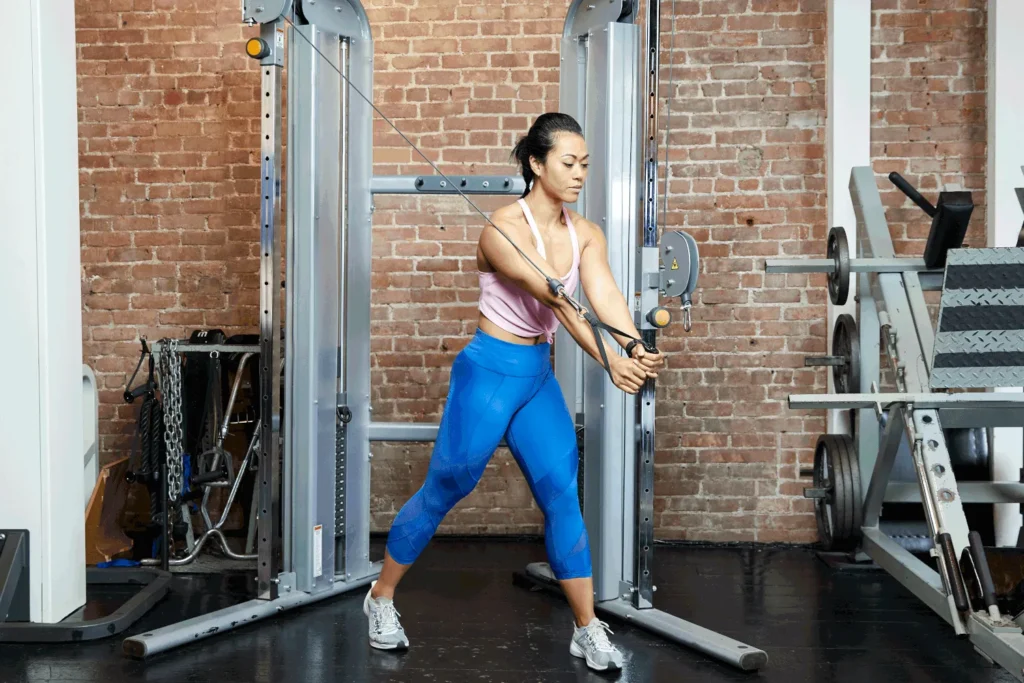
The Cable Woodchop is a great exercise for engaging the obliques and improving rotational strength.
How to Perform Cable Woodchop
- Stand next to a cable machine with the cable set at the highest position.
- Grasp the handle with both hands and pull it down and across your body, rotating your torso.
- Return to the starting position and repeat on the other side.
Benefits for Functional Strength
- Mimics real-life movements, improving overall functional strength.
- Enhances rotational power and stability.
How to Incorporate These Exercises into Your Routine
Creating a Balanced Core Workout
To maximize the benefits of these deep core exercises, create a balanced workout that targets different aspects of core strength. Include a mix of static holds (like planks), dynamic movements (like mountain climbers), and rotational exercises (like cable woodchops). Aim to include 3-4 of these exercises in each workout session.
Frequency and Reps for Optimal Results
For most people, performing core workouts 2-3 times per week is sufficient. Focus on quality over quantity. Perform each exercise with proper form and aim for 3 sets of 10-15 reps, or hold for 30-60 seconds for exercises like planks.
Conclusion
Building a strong core isn’t just about achieving a toned midsection; it’s about enhancing overall body strength, stability, and functionality. Incorporating these 12 deep core exercises into your fitness routine will help you develop a solid foundation that supports your daily activities and athletic performance. Remember, consistency is key. Stick with these exercises, and you’ll be well on your way to a stronger, more resilient core.
Also Read :
- 12 Best Deep Core Exercises for a Stronger Core
- 10 Best Standing Core Exercises to Strengthen Your Midsection
- Effective Wall Pilates Workout for Full-Body Strength
- Transform Your Body with 10 Pilates Workouts – Easy Tips
- Healthy Snacks for Kids: Fun & Nutritious Ideas
- Signs of Vitamin B12 Deficiency: What to Look For
- Best Rear Delt Exercises for a Stronger, Balanced Shoulders
- Understanding the Monkeypox Outbreak: Key Insights & Tips
FAQ’S:
How often should I do deep core exercises?
Aim to include deep core exercises in your routine 2-3 times per week. This allows adequate recovery while building strength.
Can beginners do these exercises?
Yes, beginners can perform these exercises, but it’s important to start with modifications or lower intensity to build foundational strength before progressing.
Do I need any equipment for deep core exercises?
Some exercises, like the Ab Wheel Rollout or Cable Woodchop, require specific equipment. However, many effective deep core exercises, such as the Dead Bug and Plank Variations, can be done with no equipment.

